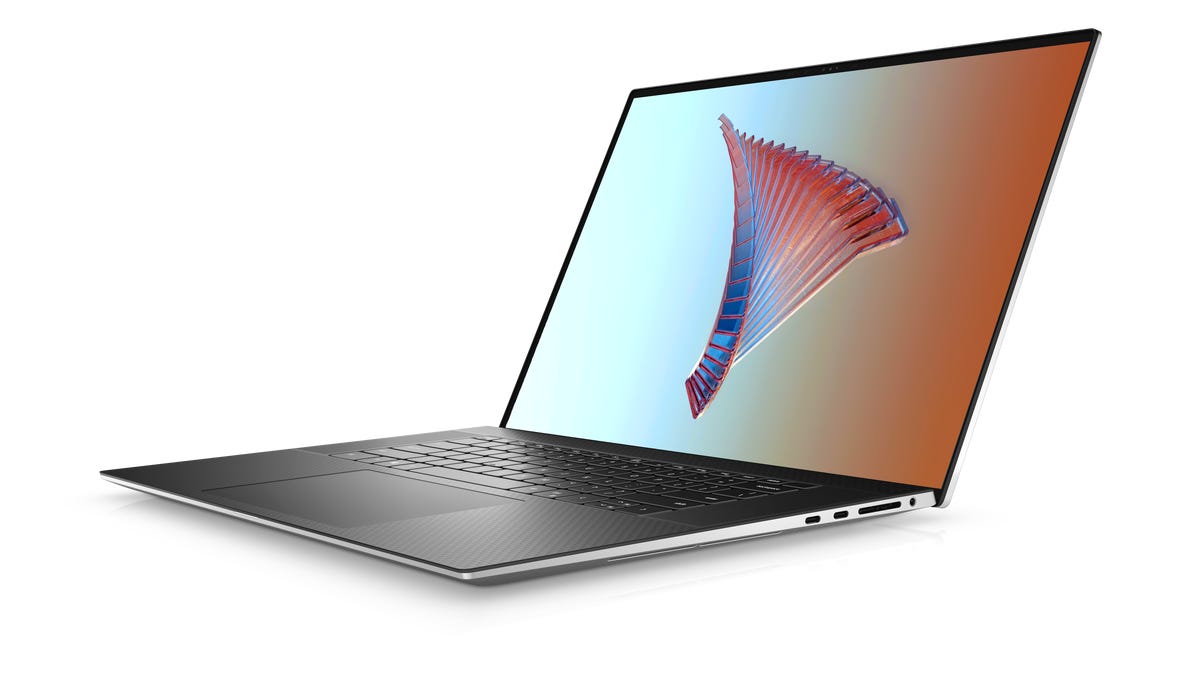Dell adds XPS 17 to its skinny power-laptop lineup
17 is the new 15 and Dell joins the "Creator" club with an Nvidia GeForce RTX 2060 option.

XPS 17
Dell is taking the popular XPS 13's super-slim, bezel-free design and adding it to the larger XPS 15 and to a revivified version of its 17-inch big brother, the XPS 17. Along with the redesigned and refreshed 2020 models, Dell joins the parade of manufacturers offering configurations marketed at creators. The company doesn't specifically mention Nvidia's RTX Studio program, but its Creator Editions of the laptops are clearly playing in that park.
The XPS 15 9500 begins shipping today starting at $1,299; the XPS 17 9700 is slated to ship between June and September, starting at $1,499. We'll learn more about the specific configuration and pricing for the Creator Editions closer to their launch this summer. This is the first 17-inch XPS model in about 10 years. International prices aren't available yet, but $1,299 converts to about £1,050 or AU$2,000.
Both models get boosted to 10th-gen Intel H-series processors (Core i5-10300H through i9-10885H). The XPS 15's discrete graphics option floats gently up to a GTX 1650 Ti Max-Q from the GTX 1650, while the XPS 17 can be equipped with the 1650 Ti Max-Q or a GeForce RTX 2060.
There are some interesting side effects of following in the XPS 13's footsteps. For one, the XPS 15 waves goodbye to the 4K OLED option. The XPS 13's display has a 16:10 aspect ratio, which means both the XPS 15 and 17 do, too. Their display options are nonstandard 4K "UHD Plus" (3,840x2,160 pixels) and "FHD Plus" (1,980x1,200 pixels) but there are no OLED panels, which only come in standard 4K UHD. Dell replaces the OLED with a 500-nit, touchscreen that covers 100% of Adobe RGB and 94% P3, which can arguably be better for some color-critical work.
There's also s a larger touchpad and an increase to two USB-C/Thunderbolt ports on the XPS 15 and (almost unheard-of for Windows) four of them on the XPS 17 with USB-C charging. But the trade-off is we lose USB-A and HDMI, which you may (or may not) be ready to relinquish in favor of living the dongle-and-dock life.
I'm all for 17-inch laptops shedding some pounds and inches. There's a reason the much-faster HP ZBook 17 is sitting in my office, partway tested, and the 15-inch Razer Blade Studio Edition accompanied me into coronavirus-imposed self-isolation. The HP was too big and heavy to squeeze into my backpack with the photography and gaming gear I also needed to schlep on my last day.
But I'd gladly sacrifice a little thinness for more power. To shave off the few millimeters that make it smaller than the Razer Blade Pro 17 (which doesn't have an RTX Studio badge but might as well based on the specs), the Gigabyte Aero 17 HDR and other upcoming models with 10th-gen H series processors and the 4K 100% Adobe RGB display, the XPS 17 maxes out with an RTX 2060 Max-Q. It could have been more competitive with an RTX 2070 Super Max-Q or better. It's not shipping for several months, so I hope that means higher-end configurations are in the plan.

